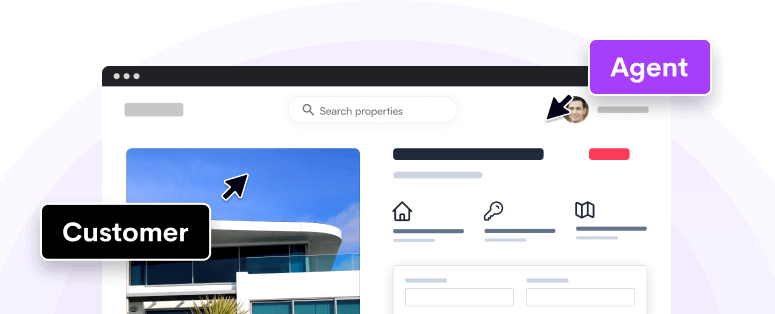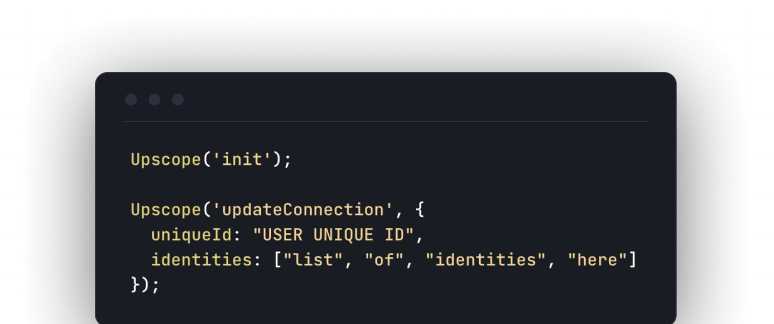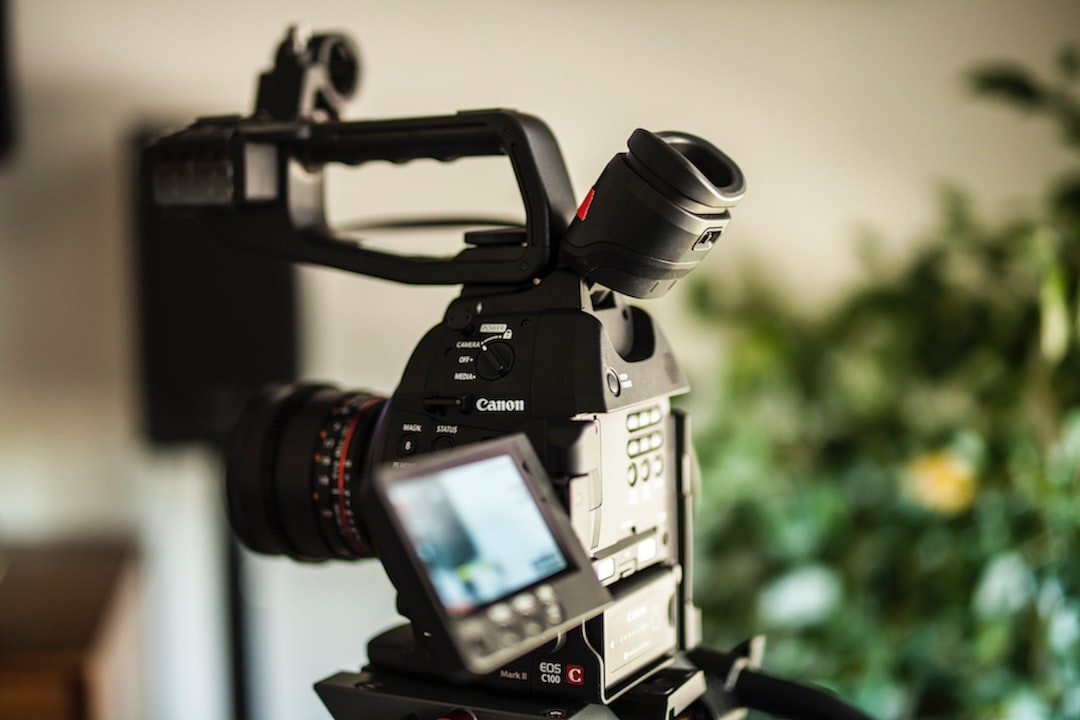It’s hard to picture all the steps needed in creating your own explainer video
including what equipment you need and who should be in front of the camera.
Below are the exact steps and resources used for creating the home page
explainer video for Upscope's SaaS product. It's a video
that currently helps 25% of visitors to our home page to click and watch it
(early days but looking good so far).
Contents
-
Everything you'll need.
-
Write your scripts.
-
Hire an actor.
-
Do a setup test.
-
Filming day advice.
-
Edit and publish.
Resources you'll needed
-
A Nikkon D7100 DSLR camera with tripod.
-
A teleprompter: $150. *Essential equipment
-
A stage trained actor: $130 for the day.
-
A clip-on microphone.
-
An ipad.
-
2 studio lights: $200.
-
A room booked out for the day at WeWork co-working space.
-
1 person on camera, one to check the script as the actor reads it.
-
Final Cut Pro for editing.
-
Apple Motion for animations.
[ad]
Write and edit your scripts over several weeks
We wrote multiple scripts over time until they were clear
We wrote and re-wrote our home page script a number of times until it was
clear. There were many discussions about clarity and who it's for.
Home page script
Over time, the home page script used simpler more generalised wording as a
first time reader just needs the high level and a visual overview. We don't
need to squeeze everything into this video.
30 second video script
This is a short rapid fire overview for our blog where people are reading
something related to our product and need a quick fire introduction, not all
the details.
Features script
This script covered all the major features and was filmed in a way that
allowed us to cut the video into 6 or 7 parts, covering each feature.
Security script
This is for the finance and health companies for whom data security is a key
consideration and needs its own video.
Why Upscope script
Some of the key questions that go through a user's mind include "Why buy?",
"Why buy now?", "Why buy from you?". This covers how Upscope is unique and
goes through our story.
Upscope for phone calls script
This is an industry specific script, aimed at those who need co-browsing along
with their phone calls.
We did intend to do individual videos for health, finance and more but could
not fit it in. We might do this later on.
How we hired a stage trained actor
We're in the heart of London, right next to the theatre district and there's a
site called https://www.backstage.com/ to hire actors.
We had never used this before. We had never hired an actor before. We did not
know what to expect.
-
We posted an advert on Backstage paying £100 for the day ($130).
-
We received an incredible 80 applications. Even more surprising, many
decided to send in video of themselves reading our script. They're motivated! -
We shortlisted these 80 down to around 10.
-
We eventually interviewed 6 of them over Google Meet asking them to read a
small part of the script. -
We shortlisted them to 3 we could work with.
-
We chose the clear front-runner.
-
We gave them a date for filming.
While we chose the best candidate, we told the other 2 that we'd like to work
with them on different parts of Upscope in the near future e.g. Help articles
and training videos. Each had a different personality that could fit each area
better than the other.
Why hire a stage trained actor?
I can't say exactly what the difference is between stage trained and screen
actors but those who were stage trained appeared to have voices that carried
well and good gestures (maybe because on stage you are further from the
audience and need to speak loud enough and gesture with your arms to engage
them?). This worked well for our videos so we recommend it.
What was most surprising about working with a trained actor?
Some videos don't need actors e.g. if someone is telling a story about their
sales journey from humble beginnings to making millions, it's best to have
them in front of the camera. It could be an actor but the raw imperfect
storytelling of the source is what we really want.
The home page video is more about conveying an idea in the shortest and
simplest way possible.
Can you hire an actor for a home page video to talk about technology they
don't understand? Yes.
Assuming you pick somebody with the necessary talent, they can better convey
the emotions behind words just as convincingly on the 20th go as they did on
the first.
They don't need to understand the technology, they just need to understand the tone the words imply.
We were pretty much stunned by the end results.
We had run our own tests but it's not even close. We can convey passion but we
can't project it with the same clarity, time and time again across multiple
scripts.
Do pre-filming preparation a week before

A week before filming we set up the camera and equipment in the room (In our
case, a meeting room in WeWork, Soho).
We ran a full test so we could get the camera angle, standing position,
lighting and sound right. This helped a lot as we started filming day at 9am
and otherwise would still have been getting set up right at 11am.
On the day of filming
Here's what we learned from filming on the day:
Have a teleprompter. They can’t read off a script by looking down at it
and memorising it would take time. You need them looking straight at the
camera and reading off it.
You'll change the script as they read it. The actor spoke clearly, with
the right emotional tone, even though they had not seen it before and any
flaws in the script were uncovered quickly. We fixed them there and then.
Ask them to bring a change of clothes or specify a colour. A white top
worked better than a dark one due to the lighting and the background.
Thankfully the actor brought their own change of clothes and pointed out that
it might be a better option.
Do the majority of the important reading early. The main reading of
scripts was done early because everyone loses energy in the afternoon.
Re-takes for parts were done in the afternoon. Even as we were filming, one
person was checking over the previously recorded video for flaws.
Backups. Recordings were backed up every so often from the camera to
Dropbox.
Edit and publish
This takes more work than all the rest put together and is done in bits over
weeks.
We first published the home page video and are currently working on the rest.
The editing was done via Final Cut pro.
We created a silent home page video that starts playing straight away silently
and only restarts with sound when you click to 'enable audio'.
The conversion rate is around 25% on average (25% click on "enable audio").
It's 27%+ for those who come from the blog.






